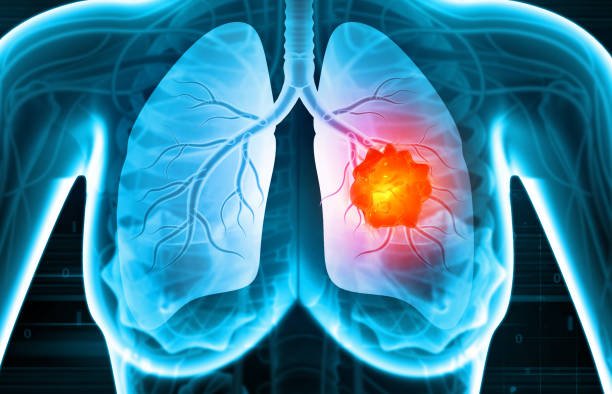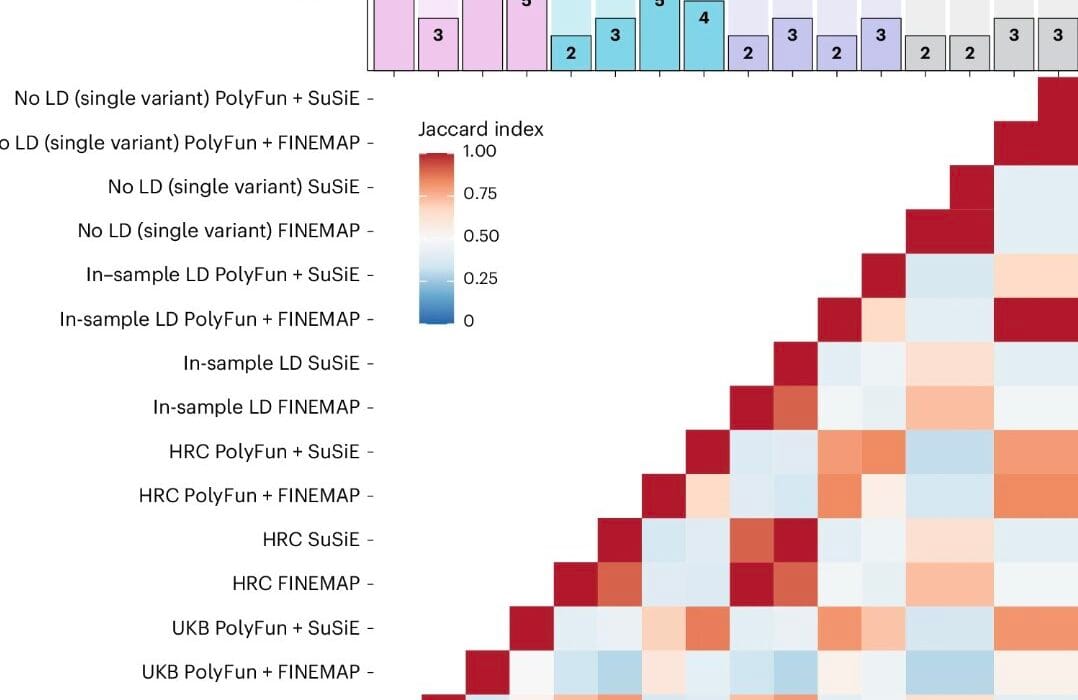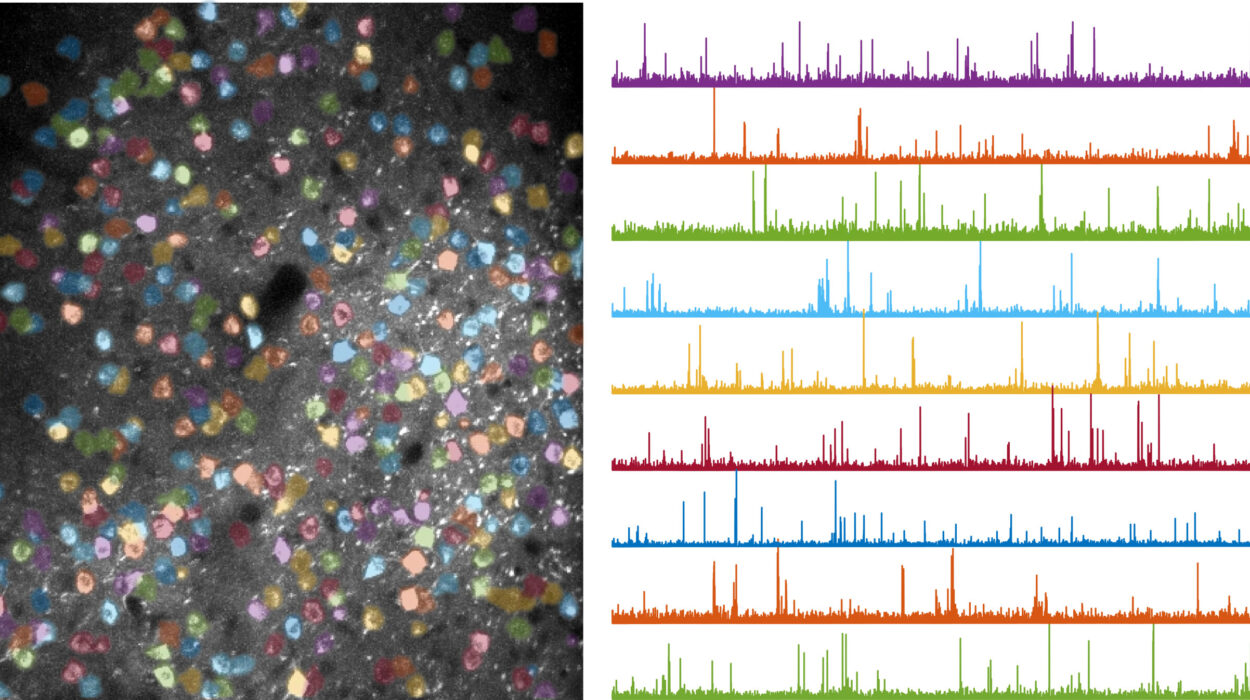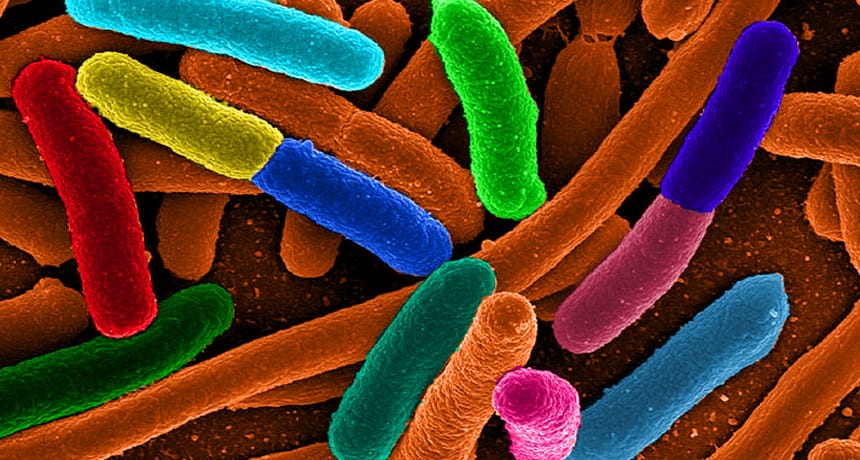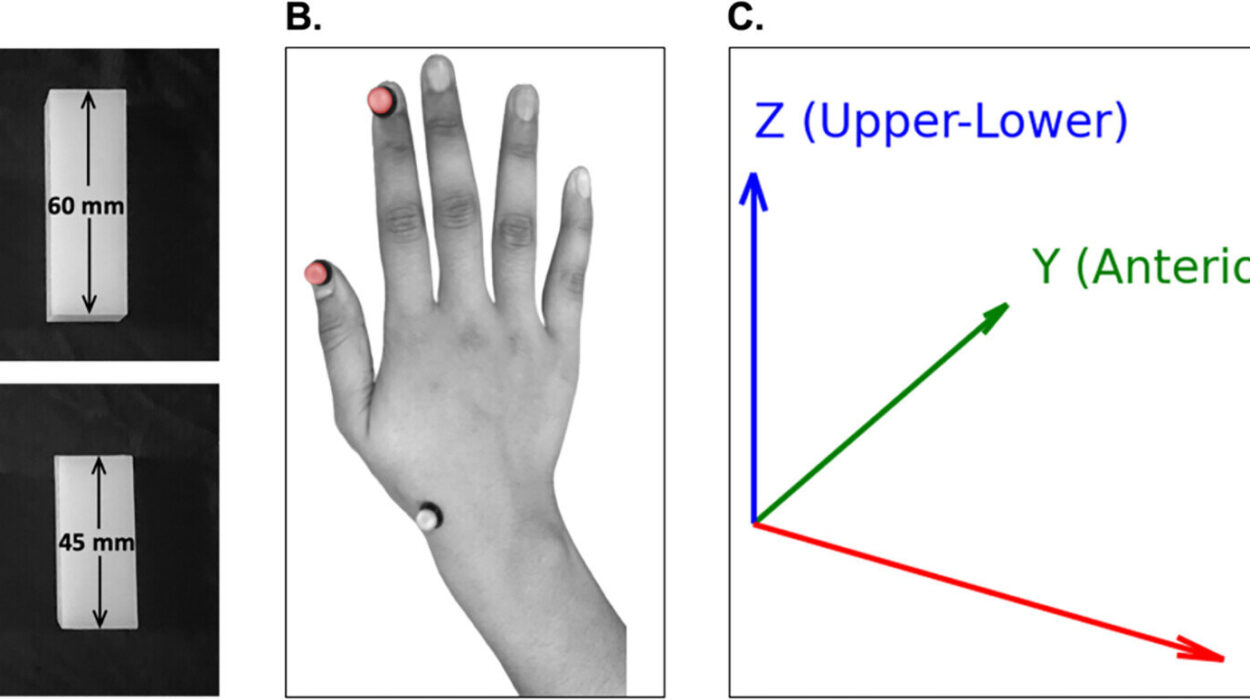A groundbreaking study from Moffitt Cancer Center could significantly enhance the way doctors predict how patients with a specific type of lung cancer will respond to new therapies. The research, published in Clinical Cancer Research, focuses on KRASG12C-mutant non-small cell lung cancer (NSCLC), a particularly challenging form of lung cancer that has long been difficult to treat. The study uncovers new insights into how the interaction between two proteins, RAS and RAF, could serve as a crucial indicator for predicting treatment effectiveness.
Unraveling the RAS-RAF Interaction
In their research, scientists at Moffitt Cancer Center discovered that measuring the interaction between RAS and RAF, two proteins involved in cancer cell signaling, could help identify patients who are more likely to benefit from KRASG12C inhibitors. These inhibitors are a class of drugs designed to target the KRASG12C mutation, which plays a central role in the growth and spread of certain types of cancer, including non-small cell lung cancer.
The study found a promising correlation: tumors with higher levels of RAS–RAF protein interaction were more likely to respond favorably to KRASG12C inhibitors. This insight is significant because it allows doctors to better predict which patients with KRASG12C-mutant NSCLC might experience the most benefit from these targeted therapies. By using this method, oncologists could tailor treatment plans, potentially improving patient outcomes and avoiding ineffective treatments.
Proximity Ligation Assay: A Cutting-Edge Testing Method
To measure the RAS–RAF interaction, the researchers developed a novel test known as a proximity ligation assay (PLA). This specialized assay allows scientists to track the physical proximity of proteins within cancer cells, offering a clear view of how often RAS and RAF interact. The results were striking: tumors with stronger RAS–RAF interactions were found to have increased levels of active RAS signaling, a key process tied to the success of KRASG12C inhibitors.
As Ryoji Kato, Ph.D., a postdoctoral fellow at Moffitt Cancer Center and one of the lead authors of the study, explained, “Our findings could be a game-changer for treating KRASG12C-mutant NSCLC. By measuring RAS–RAF interactions, we can potentially help doctors make more informed decisions and provide better treatment outcomes for patients.” This innovative approach to measuring protein interactions could revolutionize how doctors predict cancer treatment responses, offering more precise, personalized care for patients with this challenging form of lung cancer.
RAS-RAF Interaction vs. Traditional Biomarkers
The study also compared the new method with other common biomarkers used to assess cancer activity, such as EGFR (epidermal growth factor receptor), which is often measured to predict responses to cancer treatments. However, the research revealed that EGFR activity did not correlate with responses to KRASG12C inhibitors. This was a pivotal finding, as it suggests that RAS–RAF interaction is a more accurate and reliable biomarker for predicting how well a patient will respond to KRASG12C-targeted therapies.
“This research opens the door to more personalized cancer treatment,” said Eric Haura, M.D., associate center director for Clinical Science at Moffitt Cancer Center. “The ability to assess RAS signaling directly in tumor samples could lead to more targeted therapies and better outcomes for patients with KRAS-mutant cancers.”
Potential for Personalized Treatment
The implications of this study extend far beyond just KRASG12C-mutant NSCLC. The ability to assess RAS signaling directly in tumor samples could pave the way for more personalized cancer treatment. By understanding the specific molecular dynamics at play in each patient’s cancer, doctors can make better-informed decisions about which therapies are most likely to be effective, reducing the trial-and-error approach that often defines cancer treatment.
As cancer treatments become increasingly tailored to the unique genetic and molecular characteristics of each patient’s disease, advancements like this one will be essential. Personalized treatment strategies are already transforming oncology, and the findings from Moffitt Cancer Center could help lead the way in more effective treatments for a broader range of cancers.
A New Tool for Clinical Settings
The proximity ligation assay developed by the researchers could become an invaluable tool in clinical settings. By offering a method to assess RAS–RAF interactions in tumor samples, doctors would be able to make more accurate predictions about which patients will benefit from specific therapies, particularly KRASG12C inhibitors. This would not only improve treatment outcomes but also streamline the process of selecting the most appropriate therapies for individual patients.
Given that KRASG12C-mutant NSCLC is notoriously hard to treat, the new assay method holds great promise for improving patient outcomes in this difficult-to-treat cancer. With few effective treatment options available for KRAS-mutant lung cancer, this discovery offers new hope for patients and represents a major step forward in cancer research.
Moving Forward: Implications for Cancer Treatment
The study’s findings could also have wider implications for drug development and the discovery of new treatments for cancers driven by mutations in the KRAS gene. As researchers continue to refine and expand upon these findings, new therapies targeting RAS signaling could be developed, offering hope for patients with a variety of KRAS-driven cancers beyond just lung cancer.
In the meantime, the ability to predict which patients are most likely to respond to specific treatments is a critical tool in the fight against cancer. Personalized medicine is the future of oncology, and studies like this one demonstrate how innovative research can transform the landscape of cancer treatment, making it more precise, effective, and tailored to the individual patient.
Conclusion
The research from Moffitt Cancer Center highlights an important advancement in the treatment of KRASG12C-mutant non-small cell lung cancer (NSCLC). By developing a method to assess RAS–RAF protein interactions within tumors, scientists have provided doctors with a potential new tool for identifying patients most likely to benefit from KRASG12C inhibitors. This discovery opens the door to more personalized cancer treatment, which could lead to better patient outcomes and more effective therapies for a notoriously difficult-to-treat cancer. With continued research and the adoption of these innovative techniques, we may be on the brink of a new era in cancer care.
Reference: Ryoji Kato et al, In situ RAS:RAF binding correlates with response to KRASG12C inhibitors in KRASG12C-mutant non–small cell lung cancer, Clinical Cancer Research (2025). DOI: 10.1158/1078-0432.CCR-24-3714
